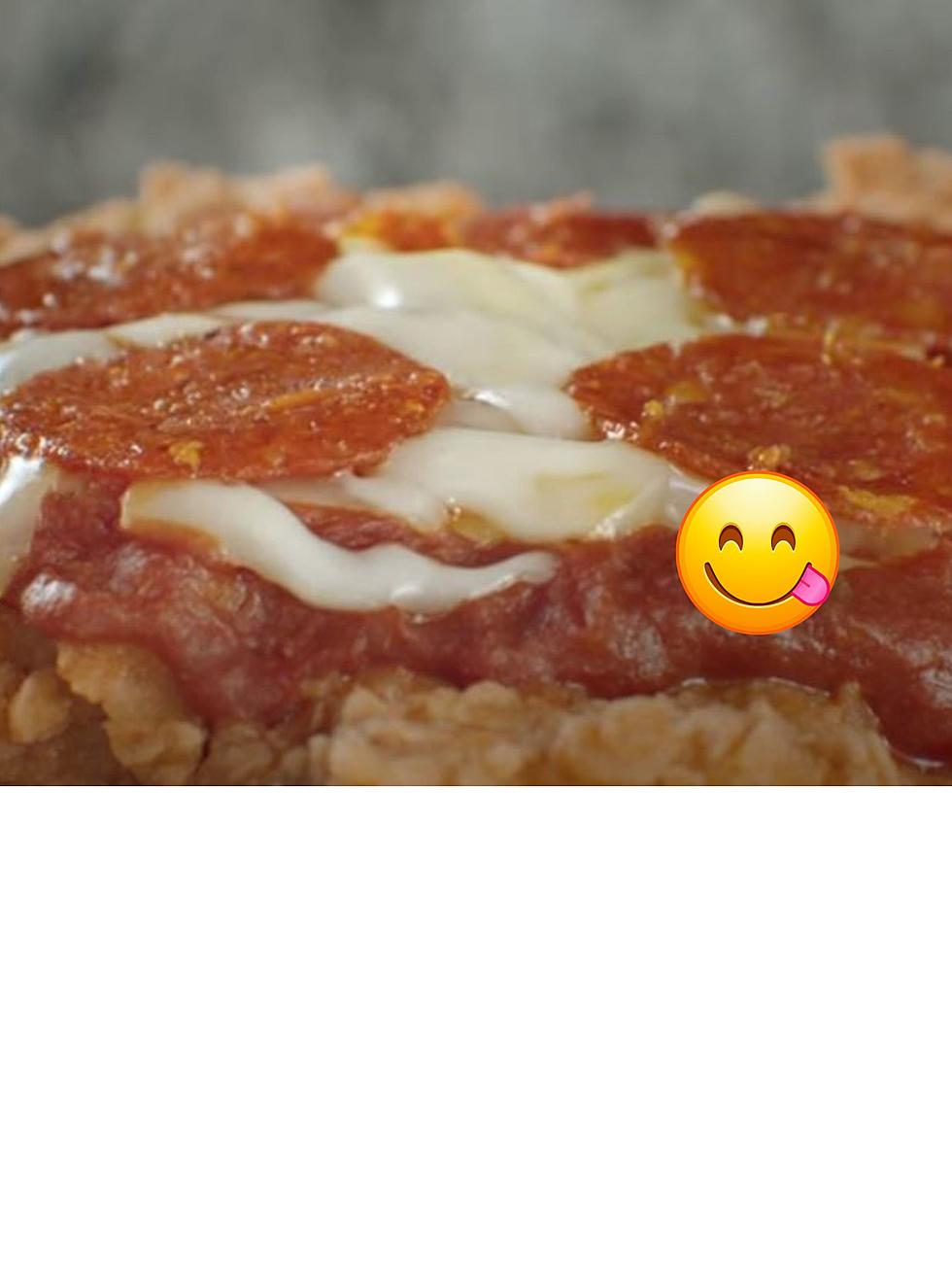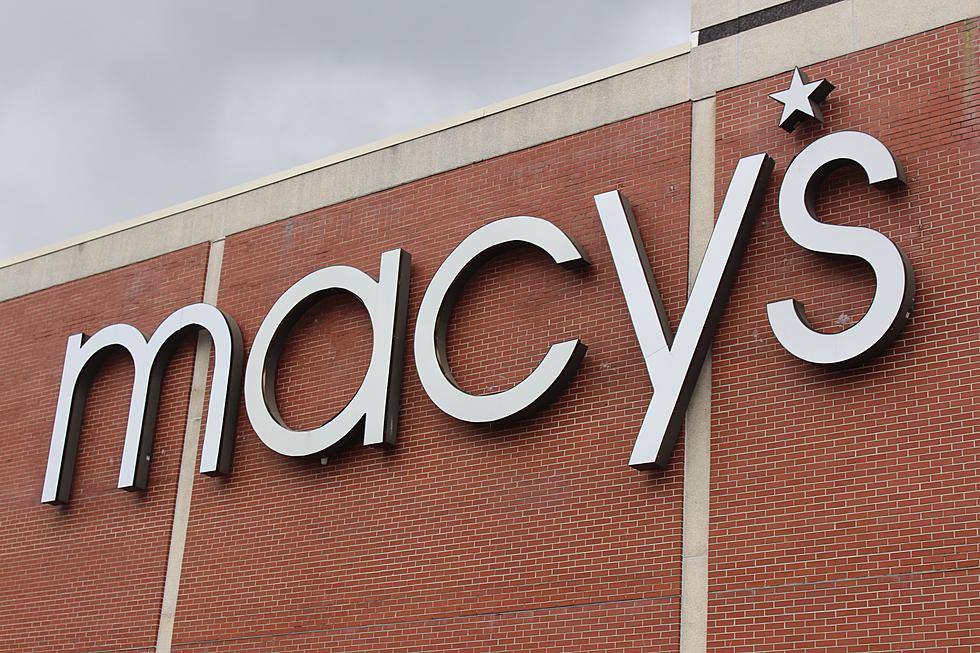
What is That Green Stuff You Find When Eating Lobster?
We have all been there. You decide it is time to treat yourself to a fresh lobster in Maine or New Hampshire.
Maybe it's a birthday, anniversary, or other special occasion. I mean, let's be honest. Lobster is pretty expensive.
So you decide you're worth the $35 meal. You get to cracking. Crack the claws, check. Big, tender, gorgeous. Start to spread the tail, looking thick and full of meat...
As you work from the tail to the body, WOAH. What the heck is that grossness?
You see that green sludge and wonder if the lobster was infected, ate something poisonous, or maybe it was pregnant. Is that a possibility?
No, it's just tomalley.
According to Maine's Division of Environmental and Community Health page, tomalley is the soft green stuff often found in a lobster's body cavity. The substance serves the lobster's pancreas and liver.
Can you eat it?
You can...in theory.
The Maine Division of Environmental and Community Health page advises against eating tomalley (the green paste-like substance). In other countries throughout the world, however, tomalley is considered rich in flavor and recommended to eat with the tail.
My take: do not eat that stuff. Not to be picky; it is just not worth it.
On the other end, do NOT throw away perfectly good lobster meat that has tomalley on it. That green stuff (as most refer to tomalley) often spreads from the belly cavity to the tail. A lobster tail is probably the second-best part of the lobster, only behind the claws.
Wash that sucker off with just a little bit of water and eat it. Even if there is a tint of green, just eat it.
Never, ever, let a tint of tomalley stop you from eating the best parts of the meal.
Where to Find The 10 Best Lobster Rolls in Maine
Gallery Credit: Brittany Rose
Tour The Mid-Coast On A Real Maine Lobster Boat
More From WSHK-WSAK 102.1 & 105.3 The Shark






